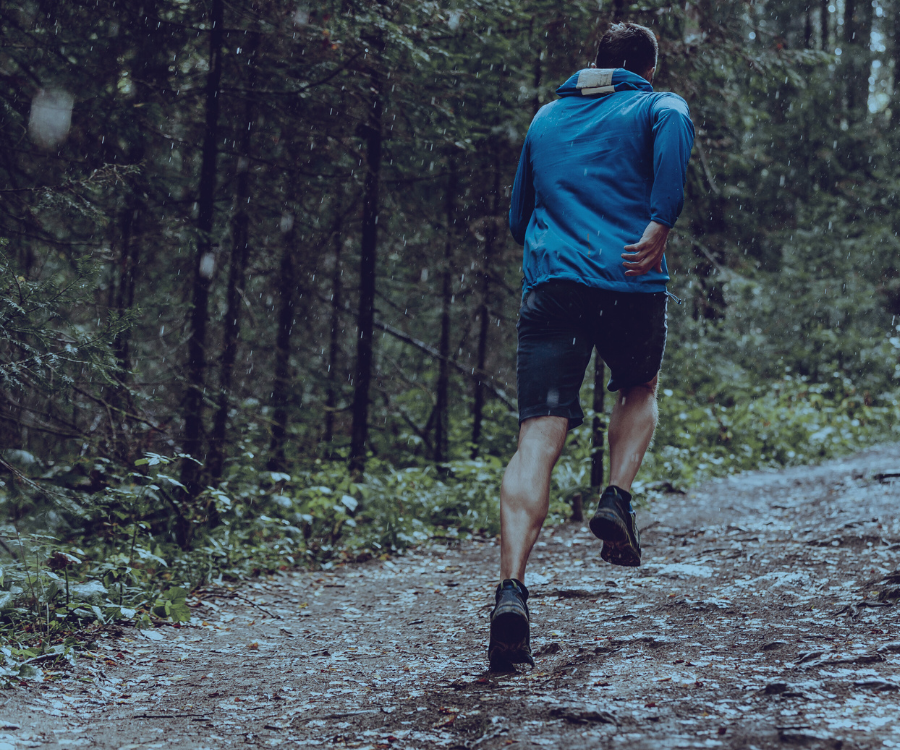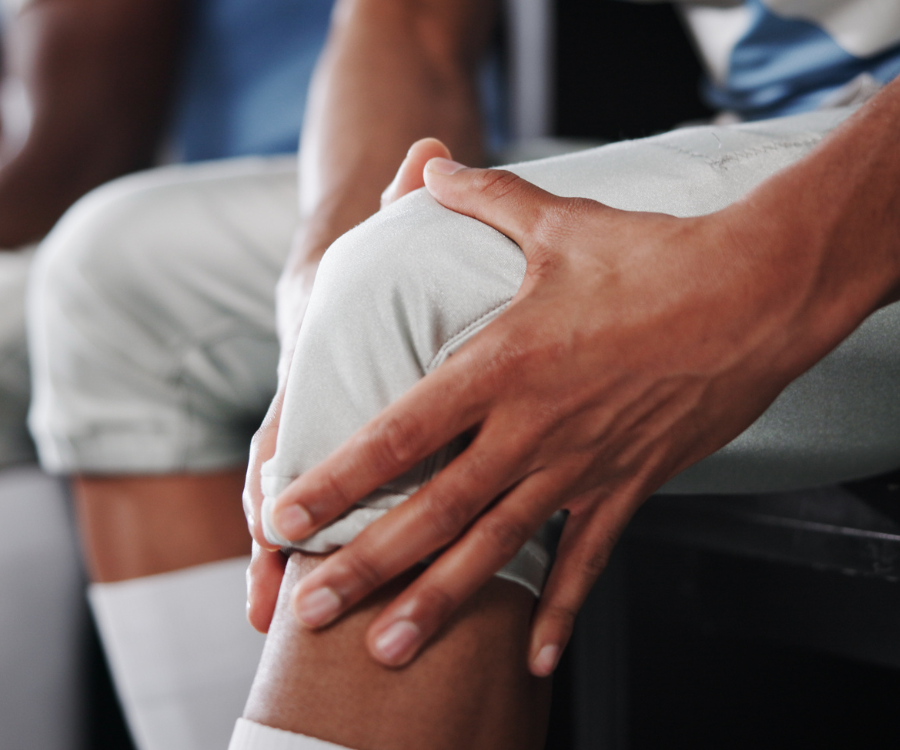Summary
Institution: Oregon State University-Cascades
Focus Area: Trail running biomechanics
Challenge: Traditional systems can’t reliably collect data on real-world terrain
Impact: Enabled high-fidelity kinematic data collection in rugged outdoor environments
The Challenge
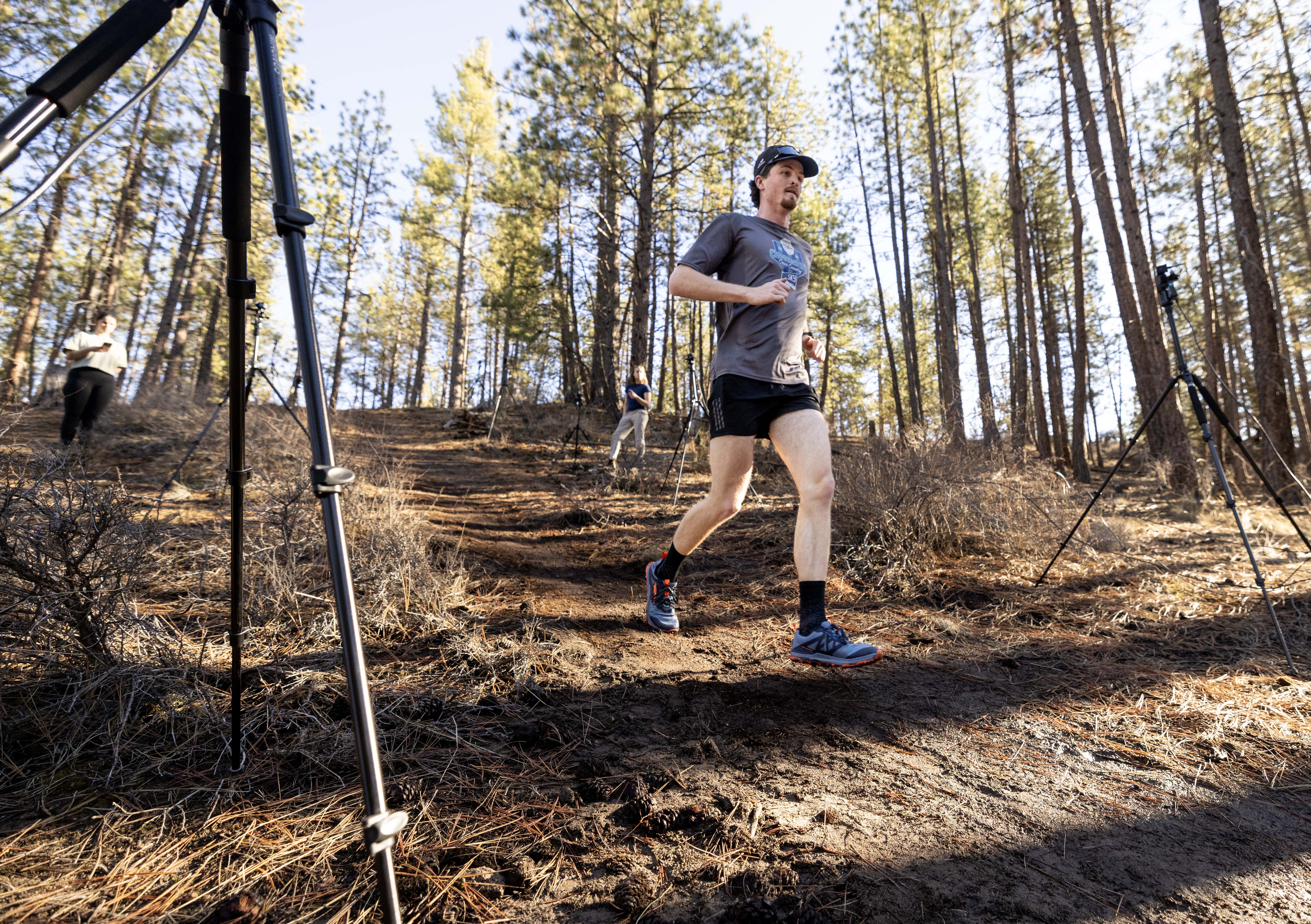
Photo Courtesy of OSU-Cascades.
Trail running is difficult to replicate in a lab, and even harder to study in the field with traditional motion capture systems.
Dr. JJ Hannigan, Assistant Professor at Oregon State University-Cascades, needed a better way to study real-world running biomechanics.
“Collecting accurate kinematic data outside the lab was really difficult. IMUs just weren’t giving us what we needed.”
- Dr. JJ Hannigan, Assistant Professor, OSU-Cascades
The Solution
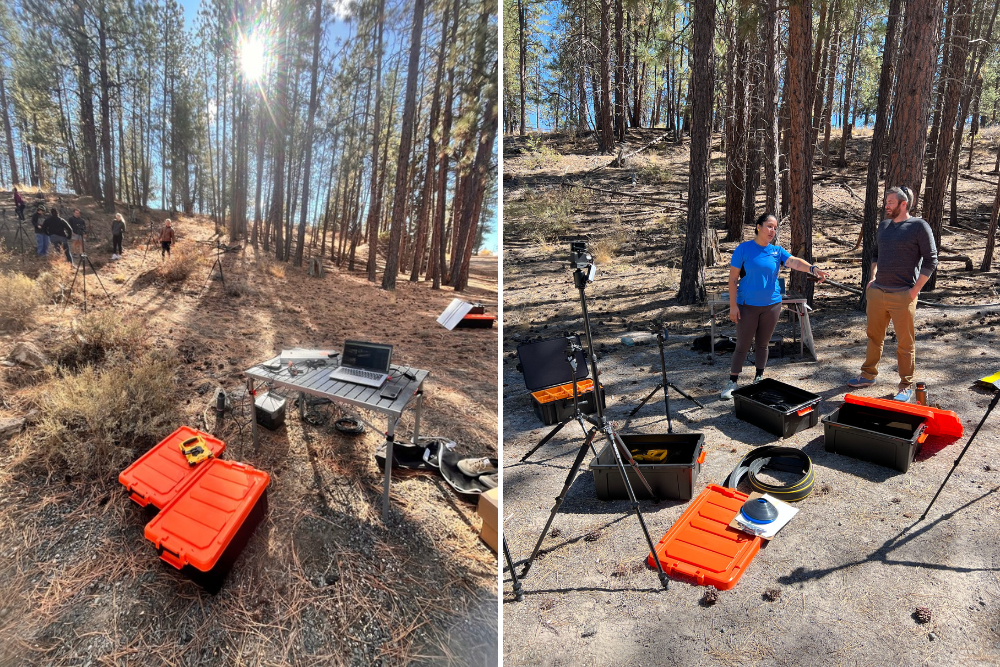
JJ’s team turned to Theia3D’s markerless motion capture system, designing a portable, multi-camera workflow for field-based biomechanics.
Their setup:
- Hardware: 10 Sony RXO II cameras recording at 120Hz
- Configuration: Cameras aimed at the center of the capture volume, with 2 focused on feet to capture critical ankle motion
- Connection: All cameras wired via ethernet to a PoE switch and data laptop
- Environment: Natural trail surfaces with sun exposure, slope variability, and weather unpredictability
- Workflow: Field setup in ~20 minutes with a student team; calibration and teardown add another 10-20 minutes. Data is batch-processed via Theia3D’s Batch tool.
Questions about designing a field-ready workflow?
Book a quick consult with our team →
Research Highlights
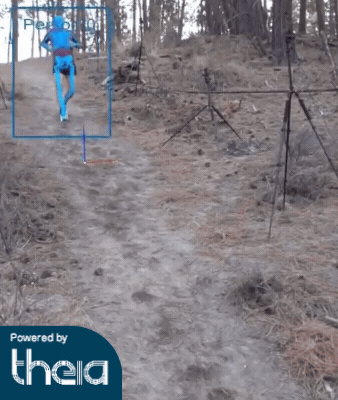
JJ’s team completed two outdoor studies:
- Study 1: 14 participants compared biomechanics on paved vs. dirt single-track trails using two footwear types (traditional vs. maximal).
- Study 2: 15 participants ran downhill on rugged terrain in three footwear types (including models without traction lugs).
In both, Theia3D enables high-quality data capture that wouldn’t have been feasible using lab-based systems.
“Theia3D let us collect quality biomechanical data on trail runners outside the lab — something that was generally prohibitive without markerless technology.”
Measurable Outcomes
- Joint kinematics: Found surface and footwear based differences in hip and ankle motion across environments
- Gait adaptations: Ongoing analysis is exploring how trail surface and footwear affect ankle mechanics
- Workflow efficiency: Field setup in ~20-30 minutes, with streamlined post-processing
- Protocol insights: OSU developed practical approaches to camera glare, lighting shifts, and calibration variability
3 Lessons for Researchers Studying Outdoor Movement
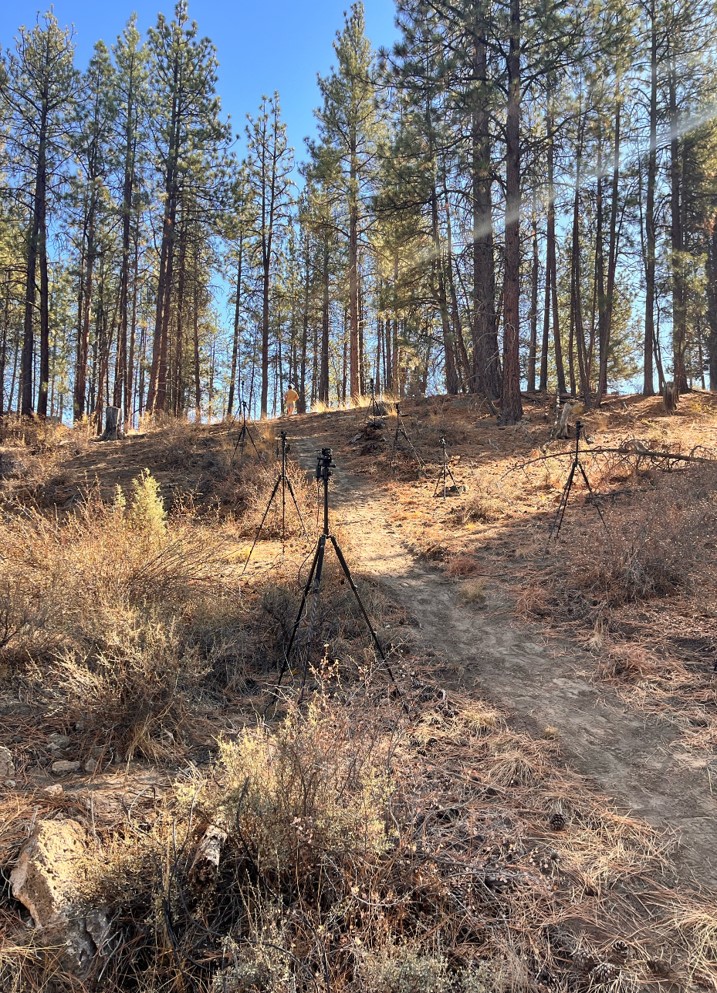
- Markerless tech unlocks the field
Theia3D allowed OSU to capture full-body kinematics outdoors — no lab, markers, or extensive sensor fusion required.
- Durable, portable cameras beat lab rigs
The Sony RX0 IIs handled rugged terrain and varied lighting. Their wide-angle lenses helped capture full strides, even on uneven trails.
- Workflow matters as much as tech
From managing sun glare to ensuring multi-angle coverage, success came from combining validated software with smart field protocols.
Why It Matters
Lab-based simulations can’t fully replicate how runners move on real trails. With Theia3D, OSU collected biomechanical data in conditions that match how people actually run, opening new possibilities on injury risk, performance, and shoe design.
“Without markerless technology, this kind of outdoor data collection just wouldn’t have been feasible.”

